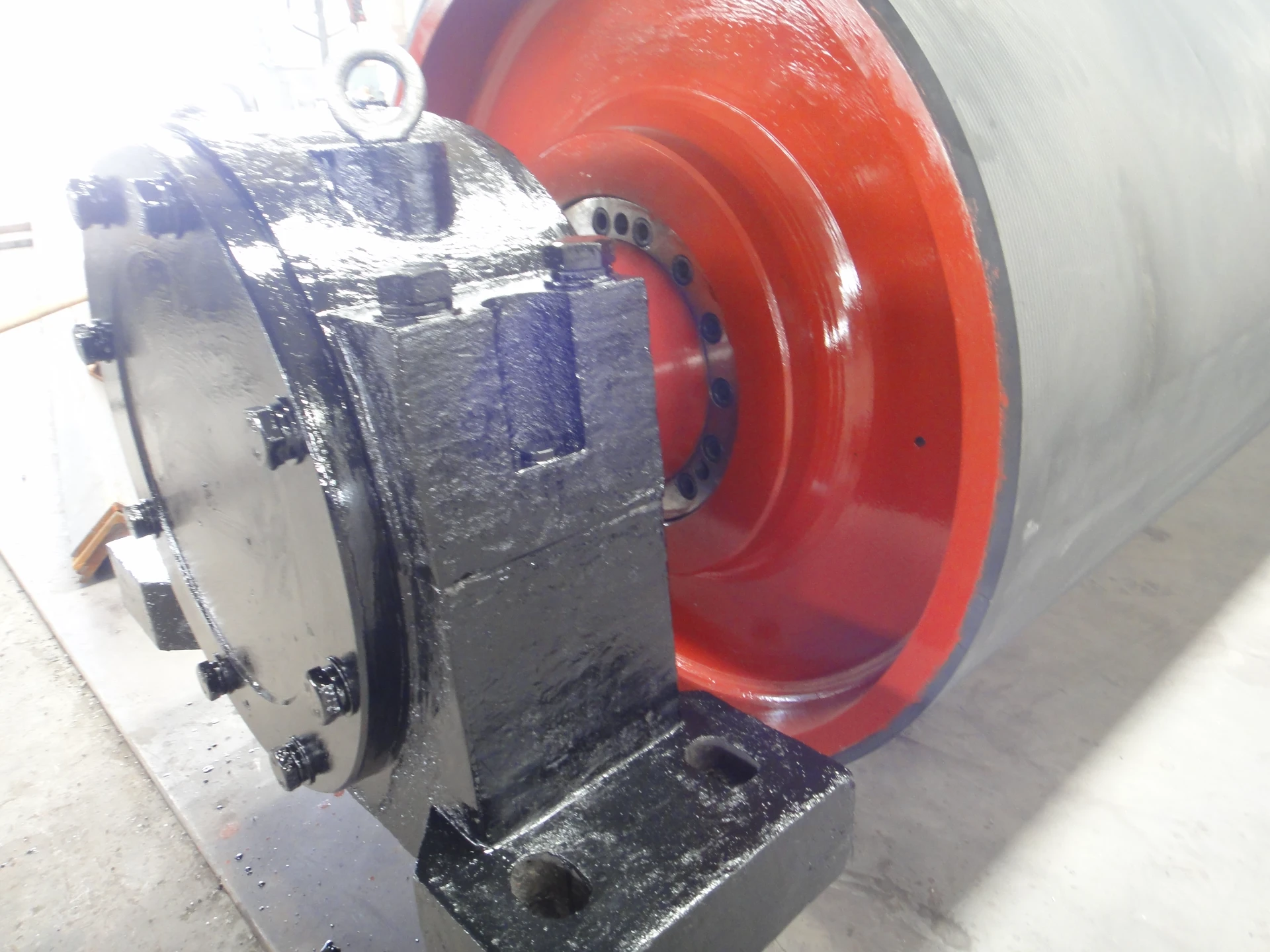 Afrikaans
Afrikaans  Albanian
Albanian  Amharic
Amharic  Arabic
Arabic  Armenian
Armenian  Azerbaijani
Azerbaijani  Basque
Basque  Belarusian
Belarusian  Bengali
Bengali  Bosnian
Bosnian  Bulgarian
Bulgarian  Catalan
Catalan  Cebuano
Cebuano  Corsican
Corsican  Croatian
Croatian  Czech
Czech  Danish
Danish  Dutch
Dutch  English
English  Esperanto
Esperanto  Estonian
Estonian  Finnish
Finnish  French
French  Frisian
Frisian  Galician
Galician  Georgian
Georgian  German
German  Greek
Greek  Gujarati
Gujarati  Haitian Creole
Haitian Creole  hausa
hausa  hawaiian
hawaiian  Hebrew
Hebrew  Hindi
Hindi  Miao
Miao  Hungarian
Hungarian  Icelandic
Icelandic  igbo
igbo  Indonesian
Indonesian  irish
irish  Italian
Italian  Japanese
Japanese  Javanese
Javanese  Kannada
Kannada  kazakh
kazakh  Khmer
Khmer  Rwandese
Rwandese  Korean
Korean  Kurdish
Kurdish  Kyrgyz
Kyrgyz  Lao
Lao  Latin
Latin  Latvian
Latvian  Lithuanian
Lithuanian  Luxembourgish
Luxembourgish  Macedonian
Macedonian  Malgashi
Malgashi  Malay
Malay  Malayalam
Malayalam  Maltese
Maltese  Maori
Maori  Marathi
Marathi  Mongolian
Mongolian  Myanmar
Myanmar  Nepali
Nepali  Norwegian
Norwegian  Norwegian
Norwegian  Occitan
Occitan  Pashto
Pashto  Persian
Persian  Polish
Polish  Portuguese
Portuguese  Punjabi
Punjabi  Romanian
Romanian  Russian
Russian  Samoan
Samoan  Scottish Gaelic
Scottish Gaelic  Serbian
Serbian  Sesotho
Sesotho  Shona
Shona  Sindhi
Sindhi  Sinhala
Sinhala  Slovak
Slovak  Slovenian
Slovenian  Somali
Somali  Spanish
Spanish  Sundanese
Sundanese  Swahili
Swahili  Swedish
Swedish  Tagalog
Tagalog  Tajik
Tajik  Tamil
Tamil  Tatar
Tatar  Telugu
Telugu  Thai
Thai  Turkish
Turkish  Turkmen
Turkmen  Ukrainian
Ukrainian  Urdu
Urdu  Uighur
Uighur  Uzbek
Uzbek  Vietnamese
Vietnamese  Welsh
Welsh  Bantu
Bantu  Yiddish
Yiddish  Yoruba
Yoruba  Zulu
Zulu Understanding the Functionality of Belt Drive Idler Pulleys in Mechanical Systems
Understanding the Belt Drive Idler Pulley Function, Importance, and Maintenance
Belt drive systems are essential components in various machinery and automotive applications, serving to transfer power between different parts of equipment. Among these systems, the idler pulley plays a critical role in ensuring the smooth operation and longevity of the belt drive mechanism. This article sheds light on the function, importance, and maintenance of the belt drive idler pulley.
What is a Belt Drive Idler Pulley?
A belt drive idler pulley is a non-driven pulley used to guide and tension a belt within a mechanical system. Unlike the drive pulleys connected to a power source, idler pulleys do not contribute power; instead, they help maintain the proper alignment and tension of the belt. This is crucial for reducing wear and tear on both the belt and the driven components. Typically constructed from durable materials like metal or high-strength plastic, idler pulleys are designed to withstand significant loads and stresses.
Function of the Idler Pulley
The primary function of an idler pulley is to maintain the desired tension in the belt. Proper tension is essential for effective power transmission; if the belt is too loose, it can slip, leading to inefficient operation and potential damage. Conversely, if the belt is too tight, it can cause excessive wear on the belt and bearings in the pulleys, potentially leading to failure.
In addition to tensioning, idler pulleys also assist in routing the belt. This is particularly important in complex systems where multiple belts are used or when space constraints make it necessary for the belt path to navigate around obstacles. By adjusting the path that the belt takes, idler pulleys ensure smooth operation and reduce the likelihood of the belt becoming misaligned.
Importance of the Idler Pulley in Mechanical Systems
The idler pulley is a vital component in any belt drive system for several reasons
1. Enhanced Efficiency By maintaining proper tension and alignment, idler pulleys help maximize the efficiency of power transfer. This, in turn, leads to better fuel economy in automotive applications and reduced energy consumption in industrial machinery.
2. Extended Lifespan of Components Consistent tensioning and alignment reduce wear on both the belt and the driving components, ultimately leading to longer service life for these crucial parts. This means fewer replacements and repairs, contributing to lower operational costs.
belt drive idler pulley

3. Noise Reduction Properly functioning idler pulleys can also minimize noise generated by the belt drive system. Misalignment or tension issues can lead to noisy operations, which can be a concern in settings where noise control is important.
4. Preventing System Failure Regular maintenance and timely replacement of idler pulleys can prevent significant malfunctions in belt drive systems. A failing idler pulley can lead to belt slippage or breakage, causing costly downtime and repairs.
Maintenance Tips for Idler Pulleys
To ensure the longevity and proper functioning of idler pulleys, regular maintenance is essential. Here are some key maintenance tips
1. Visual Inspection Regularly check idler pulleys for signs of wear, such as cracks, chips, or unusual wear patterns. Inspect the bearings for grease leaks or signs of corrosion.
2. Listen for Unusual Noises Any grinding, squeaking, or rattling noises can indicate that the idler pulley is failing and may require replacement.
3. Check Belt Tension Monitor the belt tension to ensure it remains within the manufacturer’s specified range. Adjustments can often be made by repositioning the idler pulley.
4. Lubrication Ensure that the bearings in the idler pulley are properly lubricated per the manufacturer’s specifications. Lack of lubrication can lead to overheating and premature failure.
5. Replace When Necessary If an idler pulley shows significant wear or is malfunctioning, it’s best to replace it promptly to avoid further complications.
Conclusion
The belt drive idler pulley is a crucial element in ensuring the efficient operation of belt-driven systems. By maintaining proper belt tension and alignment, idler pulleys contribute to system efficiency, component longevity, and noise reduction. Regular maintenance and inspection are key to prolonging the life of idler pulleys, making them an important focus for anyone responsible for the upkeep of mechanical systems. Understanding their function and importance can lead to better performance and reliability in both automotive and industrial applications.
-
Revolutionizing Conveyor Reliability with Advanced Rubber Lagging PulleysNewsJul.22,2025
-
Powering Precision and Durability with Expert Manufacturers of Conveyor ComponentsNewsJul.22,2025
-
Optimizing Conveyor Systems with Advanced Conveyor AccessoriesNewsJul.22,2025
-
Maximize Conveyor Efficiency with Quality Conveyor Idler PulleysNewsJul.22,2025
-
Future-Proof Your Conveyor System with High-Performance Polyurethane RollerNewsJul.22,2025
-
Driving Efficiency Forward with Quality Idlers and RollersNewsJul.22,2025





























